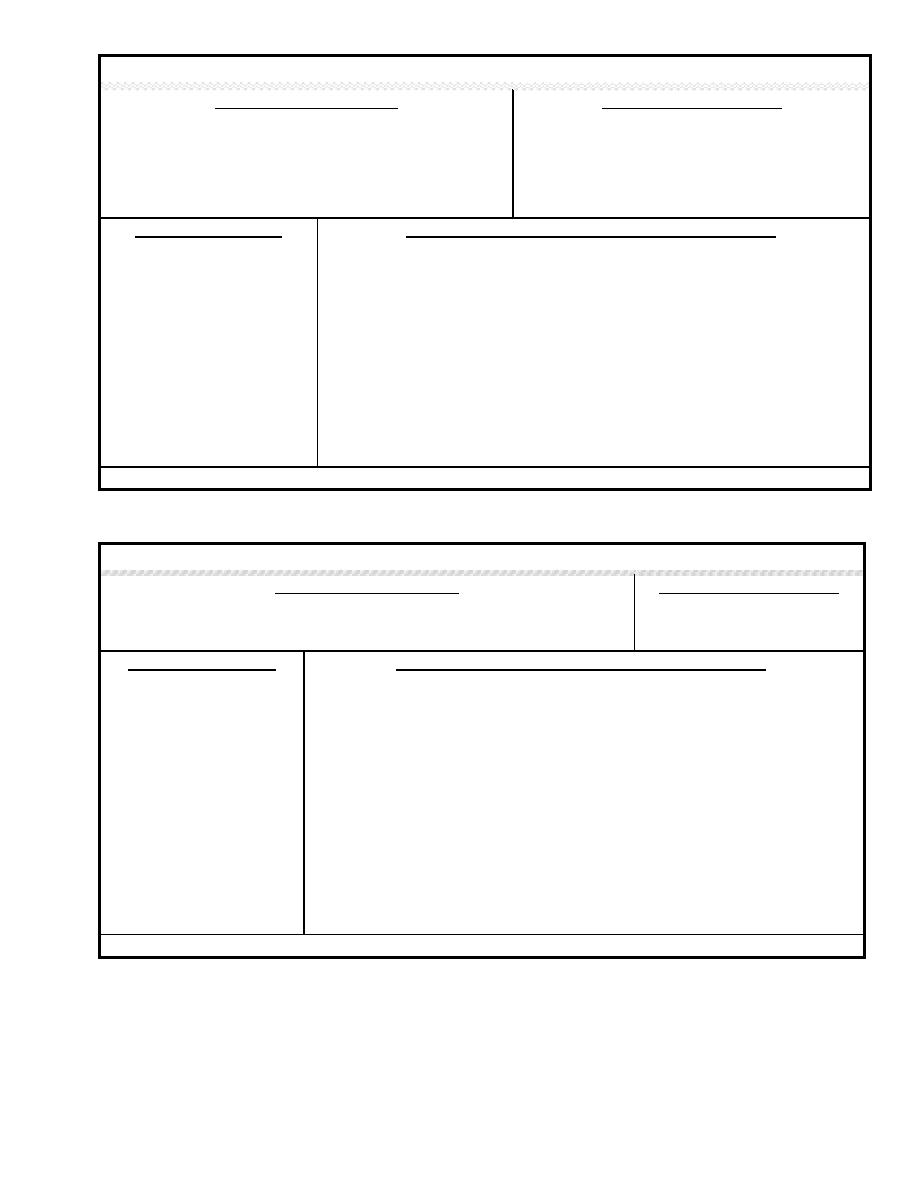 |
|||
|
|
|||
|
|
|||
| ||||||||||
|
|  NIKEHERCULES Radar Systems
SYSTEM DESCRIPTION
SYSTEM PARAMETERS
The NIKEHERCULES radar system is used for target
Frequency: CLASSIFIED
Power: CLASSIFIED
acquisition, tracking, and surveillance. The system consists of
the Low Power Acquisition Radar (LOPAR), the Missile
Tracking Radar (MTR), and Target Tracking Radar (TTR).
HAZARD CONTROLS (to reduce or eliminate risk)
SYSTEM HAZARDS
Power Density Levels (PDL) ....
In the scanning mode, this system is not able to produce potentially hazardous PDLs in
excess of the safety standard. In the nonscanning mode, this system is able to produce
potentially hazardous PDLs in excess of the safety standard. Establish a Nonionizing
Radiation Protection Program (IAW guidelines provided in this TB) .
Hazard distance from antenna ....
In the nonscanning mode, exclude personnel to a distance of 53 m from the main beam
of the LOPAR antenna. In the AJAX mode, exclude personnel to a distance of 38.4 m
from the front of the MTR antenna. In the long pulse mode, exclude personnel to a
distance of 70 m from the front of the TTR antenna.
Other.................................
Consult the equipment Technical Manual for other operator and/or maintenance hazards.
REFERENCES: TM 9-1430-250-10
NVL-11 (Night Fire Control Scope)
SYSTEM DESCRIPTION
SYSTEM PARAMETERS
The NVL-11 is a night fire control scope.
Wavelength: 850 nm
HAZARD CONTROLS (to reduce or eliminate risk)
SYSTEM HAZARDS
Laser Classification..............
In the Low Power mode, the LAV-AD utilizes a Class 1 laser and is considered safe.
In the High Power mode, the LAV-AD utilizes a Class 3b laser and requires an
established laser safety program to ensure its safe use. Develop a written Local Standing
Operating Procedure (SOP) IAW guidance provided in this TB.
Ocular injury .....................
When viewing the NVL-11 laser, use protective eyewear that filter at 850 nm with an
O.D. of 1 or 2.
Outdoor range operations ......
When using the NVL-11, eliminate all specular surfaces (man made and natural) capable
of producing potentially hazardous reflections. Control unauthorized personnel access to
controlled area.
Other...............................
Consult the equipment Technical Manual for other operator and/or maintenance hazards.
Equipment - 205
|
|
Privacy Statement - Press Release - Copyright Information. - Contact Us |